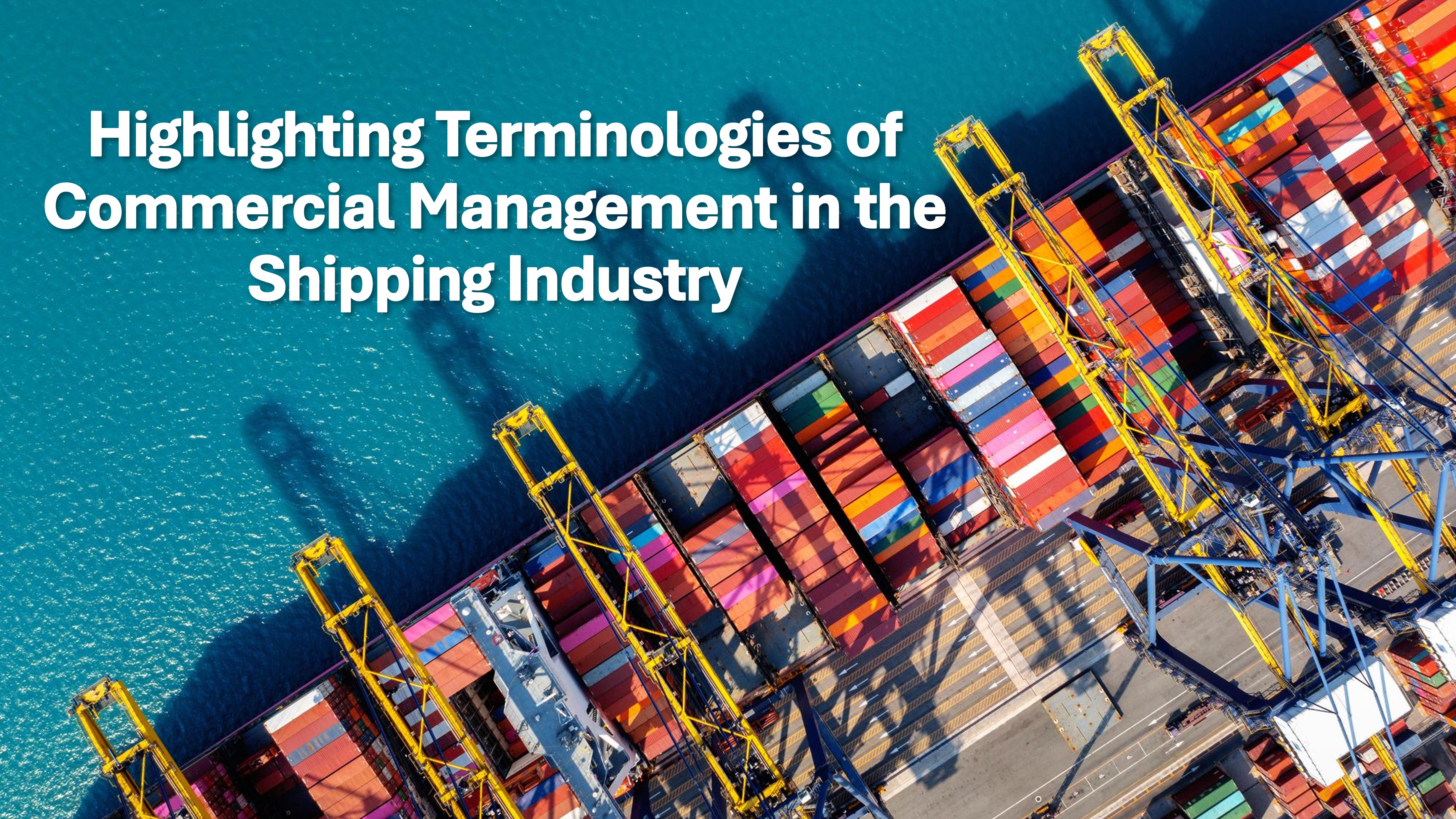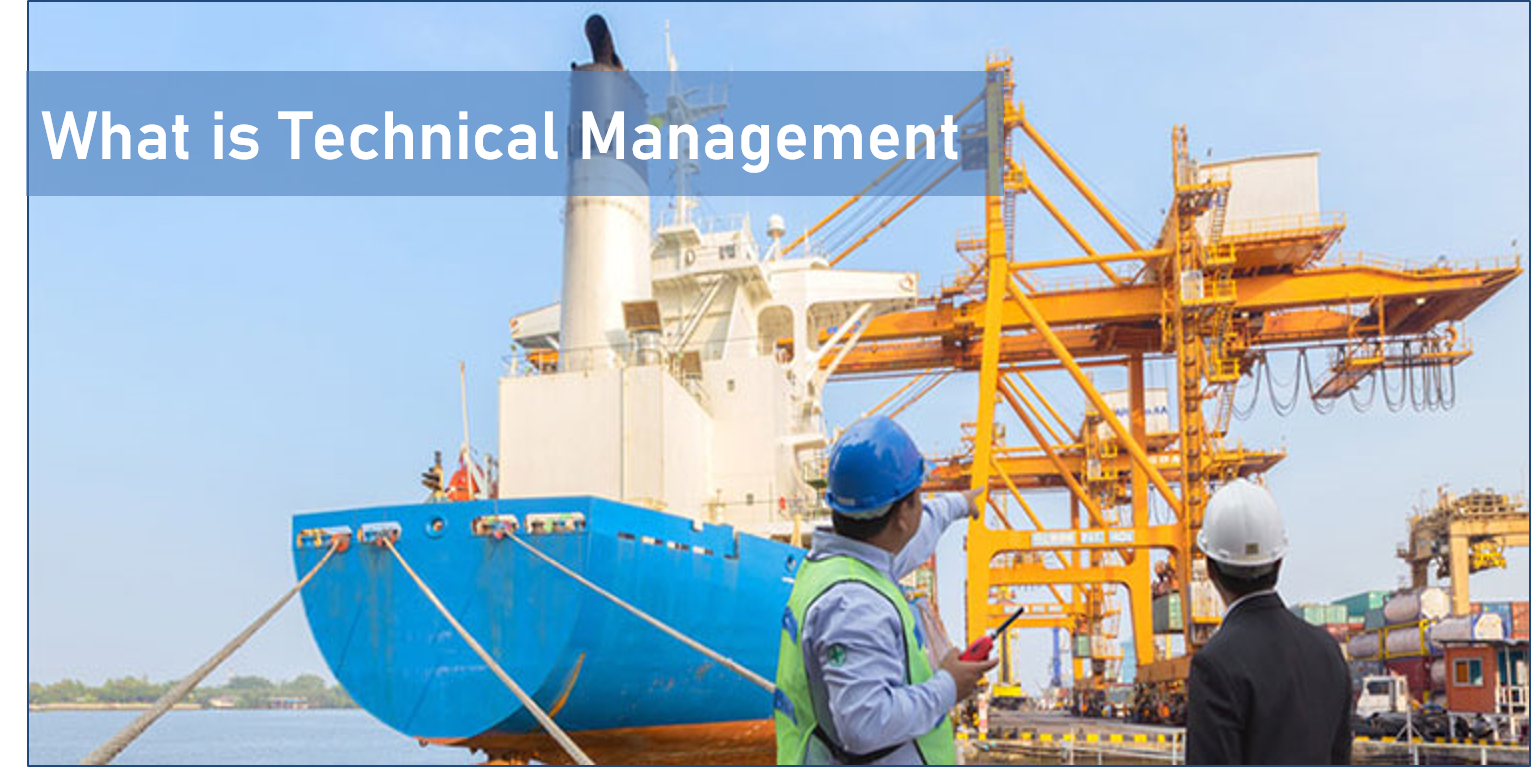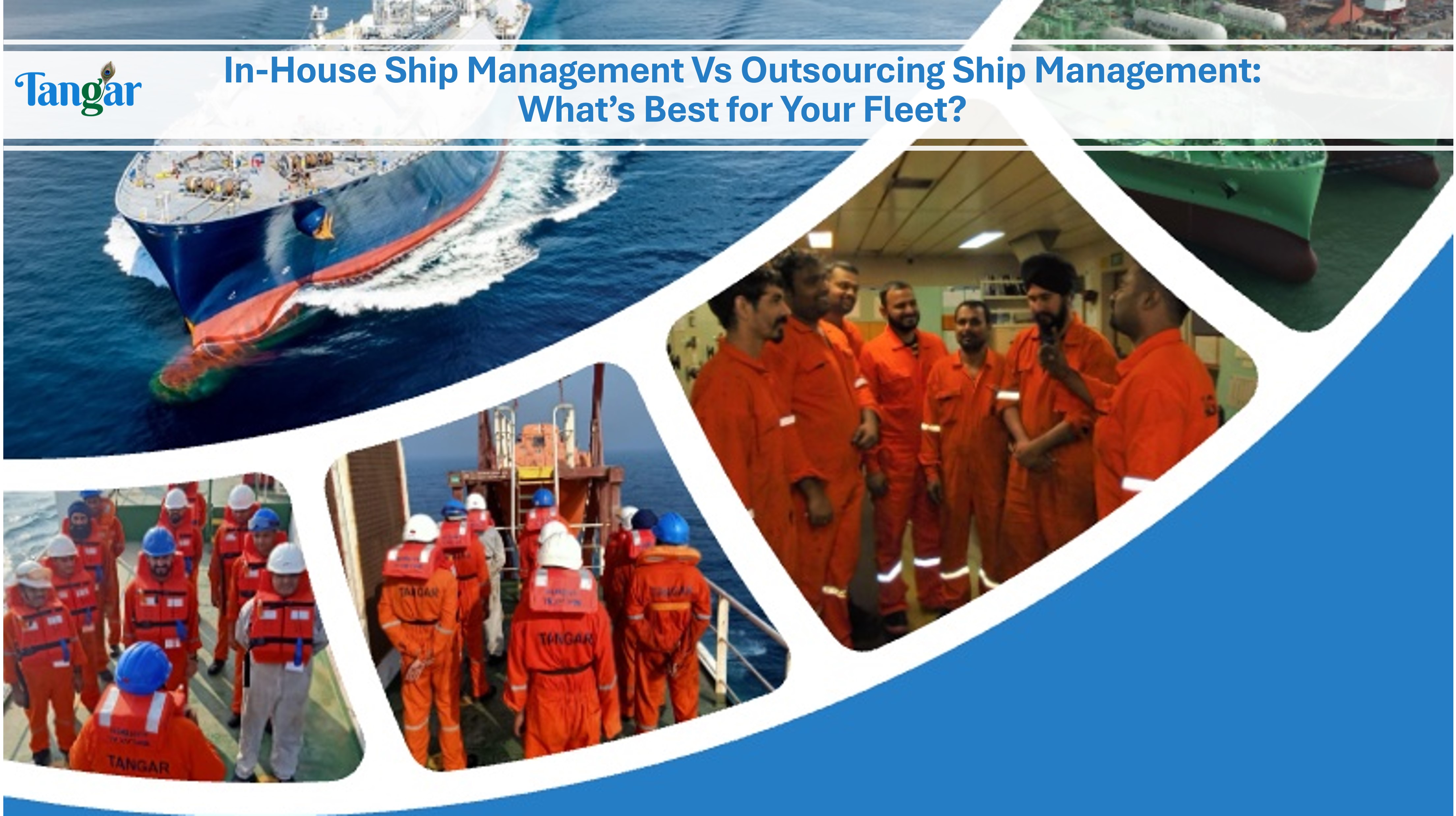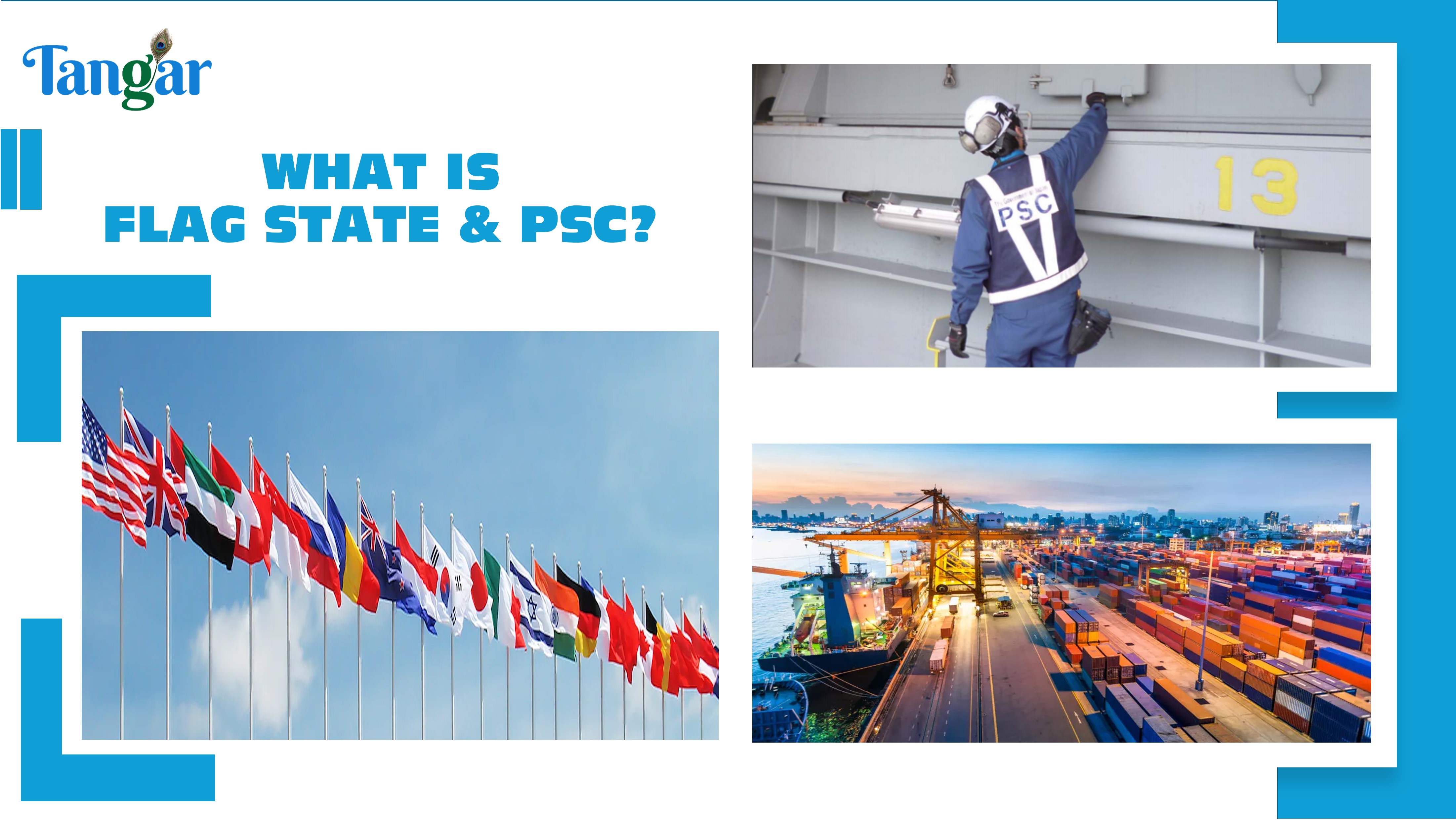
Understanding CII & EEXI: What Shipowners Must Know in 2025
As the shipping industry moves towards a greener future, two key regulations, EEXI (Energy Efficiency Existing Ship Index) and CII (Carbon Intensity Indicator)—have become crucial for shipowners to understand and comply with.
In simple terms, EEXI and CII measures how fuel-efficient and low polluting a ship is, both by design and during operation while transporting cargo.
When Did the Rules Take Effect?
- Amendments to MARPOL Annex VI came into force on 1 November 2022.
- EEXI and CII requirements started from 1 January 2023.
- Initial CII ratings were issued in 2024, following the completion of the first annual reporting in 2023.
Why Are These Measures Mandatory?
Ships must do the following in order to lower their carbon intensity by 40% by 2030 (compared to 2008 levels):
- Calculate their EEXI (design-based energy efficiency).
- Calculate their CII (operational carbon emissions per cargo-distance).
- Receive a CII rating each year based on performance
What is EEXI?
- EEXI shows how energy-efficient a ship is by design.
- It must be below the required limit based on ship type and size.
- Applies to all ships of 400 gross tonnage (GT) and above.
What is CII?
- CII measures how much carbon a ship emits during operation over a year.
- Ships of 5,000 GT and above must calculate and report their CII annually.
- The ship's actual performance is verified and rated.
How Do CII Ratings Work?
- Ships receive a rating from: A (best) to E (worst), based on carbon efficiency.
These ratings are:
- Recorded in a Statement of Compliance.
- Described in the ship’s SEEMP (Ship Energy Efficiency Management Plan).
Corrective action is needed if:
- A ship receives an E rating for one year or a D rating for three years in a row.
Ways to Improve CII Ratings
- Use low-carbon fuels
- Hull cleaning to reduce drag
- Optimize speed and route
- Use low-energy lighting
- Install solar or wind auxiliary power
What About New Fuels?
Reducing emissions in shipping requires the use of new and cleaner fuels. The IMO hosted a symposium on October 21, 2022, with the following topics:
- The potential opportunities and difficulties associated with low- and zero-carbon fuels.
- Special attention was given to developing countries, SIDS, and LDCs.
- The goal: Ensure a just and inclusive transition.
Guidelines Shipowners Should Know
Under MEPC 76 and 78, the IMO has adopted several important guidelines for:
- EEXI calculation and certification
- Engine power limitation systems
- CII calculation and reference lines
- CII reduction targets and ship rating
- Correction factors and voyage adjustments
Which Ships Are Affected?
- EEXI: Applies to all ships equal to or greater than 400 gross tonnages, including those with major conversions
- CII: Applies to ships equal to or greater than 5000 gross tonnages
- Ships sailing only within one country’s waters are generally excluded but should follow the rules where possible
- Affected ship types include:
- Bulk carriers, Tankers, Gas carriers, Container ships, General cargo ships, LNG carriers, Ro-Ro ships, Cruise ships
Conclusion
As the industry aims for cleaner oceans and sustainable operations, understanding and complying with EEXI and CII is essential for shipowners in 2025. These measures not only ensure environmental compliance but also improve a ship’s performance and reputation in the global market.










